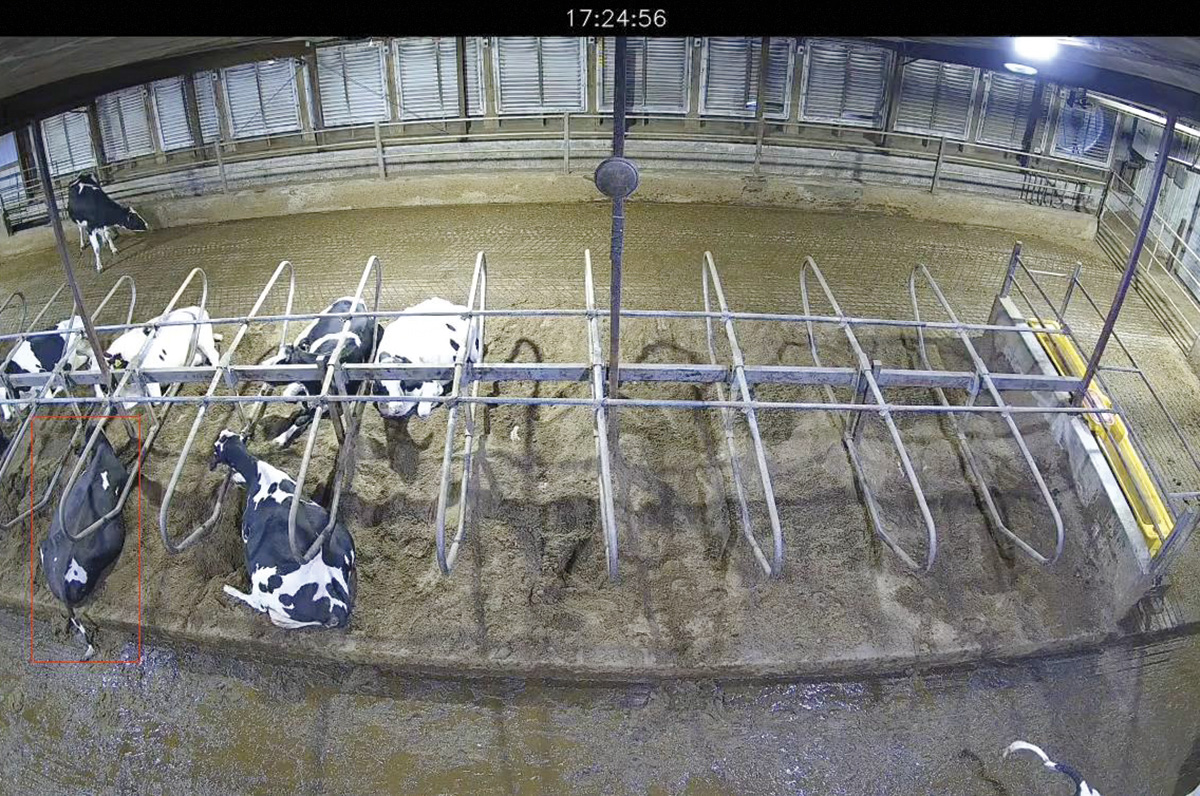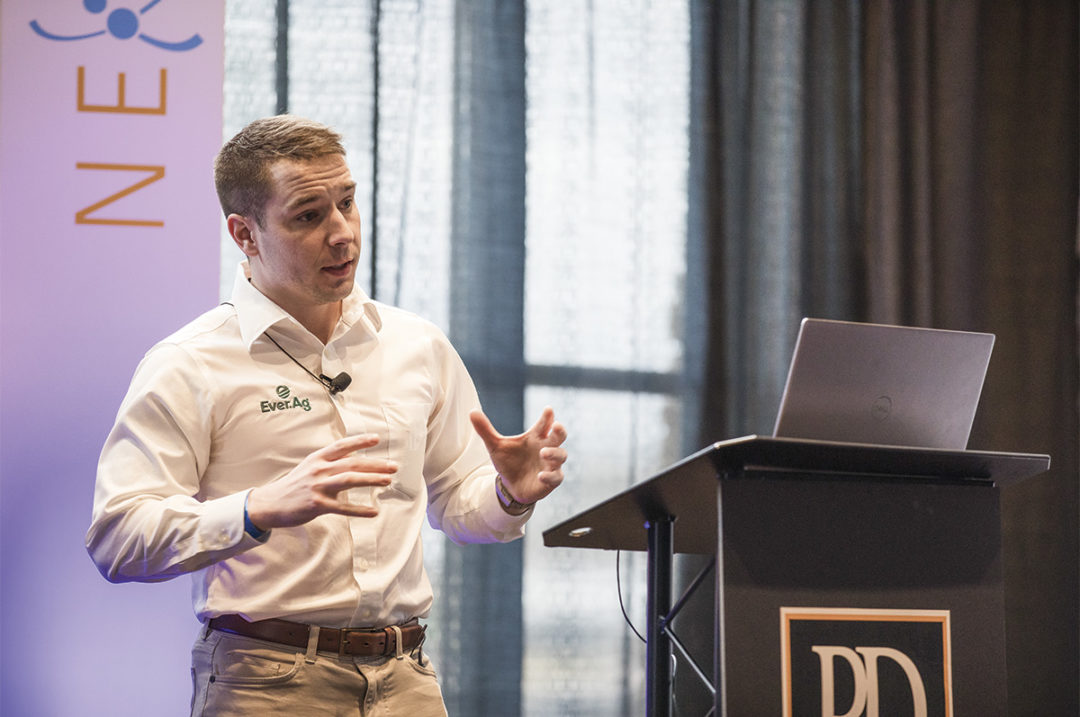A new computer vision skill from developer Ever.Ag aims to give more dairy producers a way to get their feet wet with computer vision technology. The company’s new product, Maternity Warden, watches cows in the maternity pen for signs of calving and sends alerts when it detects them so employees can move the cow to a calving pen for just-in-time calving.
“This is a labor management tool,” says Ryne Braun, product specialist and dairy farm business enterprise leader for Ever.Ag. “It's looking at cows, but it's really for employees. Our tagline for the product is ‘Make labor less painful,’ and that’s a purposeful pun.”
The product is meant to free up employees from walking a pen multiple times per shift to look for calving signals and instead only enter a pen when they are truly needed. Even the best employee can miss calvings, Braun says, because as herd animals, cows instinctively hide calving signals to avoid predators that might perceive them as weak or in distress.
The company’s computer vision is looking for three specific events that signal the near birth of a calf. Those include a raised tail even after defecating, any feet or other parts coming out of a cow’s vulva and side-lying in a birthing position. If it detects those three events within a 20-minute interval, the system sends out an alert. The alert details the detected activity, gives a 30-second video clip of the cow suspected to be near calving and the cow’s location in the pen.
The system is 95-plus percent accurate for the test farms where it is installed, Braun says.
“We haven't missed any calvings of late on our test farm,” Braun says. “We have false positives – the cow showed some signs of calving but wasn’t ready to be moved quite yet – but we haven't had any false negatives – the cow showed none of the three signs we’re tracking and still calved.”
 The red bounding box shown in the photo indicates computer vision has detected that the highlighted cow is near calving due to her persistently raised tail. Photo courtesy of Ever.Ag.
The red bounding box shown in the photo indicates computer vision has detected that the highlighted cow is near calving due to her persistently raised tail. Photo courtesy of Ever.Ag.To train the system, the company has manually reviewed video and verified signals before calving for 30,000 cows. In addition to continually fine-tuning accuracy, Braun says future iterations of the product could read a cow’s eartag and sync with the dairy’s management program to tell you more about that cow’s previous calvings and not just her location.
“Our primary goal for this first iteration was less disruption of cows that are in the maternity pen,” Braun says.
The new product represents a technology breakthrough for computer vision. In developing Maternity Warden, Ever.Ag was able to train multiple cameras to follow a cow across different camera vision fields. Braun emphasizes that all video processing is conducted locally, ensuring that camera footage remains onsite. The system’s self-contained nature, requiring only electricity to function, is another critical aspect. These features enhance the system’s appeal, Braun says, by emphasizing privacy, reduced latency and ease of installation, without the farm needing WiFi.
The system right now is designed for any breed and dairies with freestalls in their maternity pens. The company is currently adapting the technology to also work in group calving pens, such as bedded packs.
One camera per every 40 feet of the barn is required. The cost of the system is about $5,000, and the subscription cost for the monitoring service is 50 cents per cow per month.
“Our goal was to make something that any farm could afford,” Braun says of the installation cost of the system. “We wanted something a small farm or a large farm could invest in.”
The system pays for itself by decreasing stillbirths (death within 48 hours of birth) and cow exits in the first 60 days of milk (DIM) due to dystocia. Up to a possible 20 times return on investment, Braun says.
“There's a really big opportunity to make dairies more labor-efficient in the maternity pen, keep cows around longer after calving and preserve the genetic value of the calf coming onto your farm,” Braun says. “Obviously, the best way to tell calving is visually. We’ve just replicated that with computer vision.”






